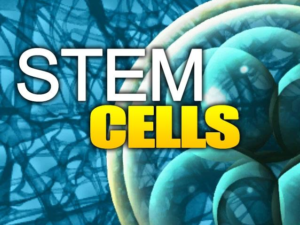FAQs on Amniotic Stem Cell Therapy in Round Rock TX

For hip, knee, shoulder pain, degenerative or rheumatoid arthritis, neurodegenerative conditions, autoimmune syndromes, amniotic stem cell therapy represents a cutting edge approach to effective, nonoperative tissue repair and symptom relief. This therapy offers an effective alternative to possibly risky surgery.

